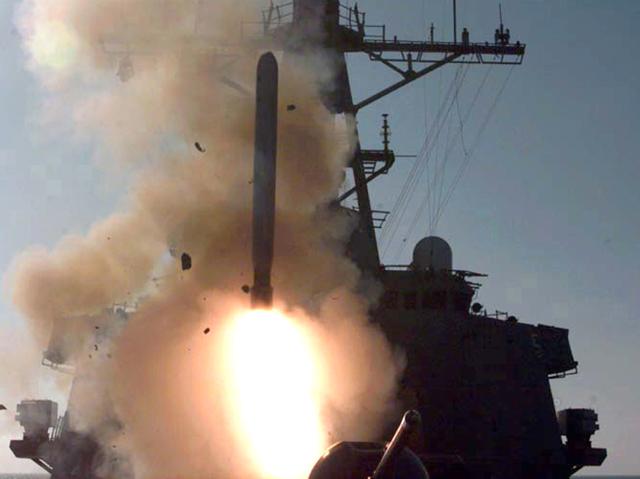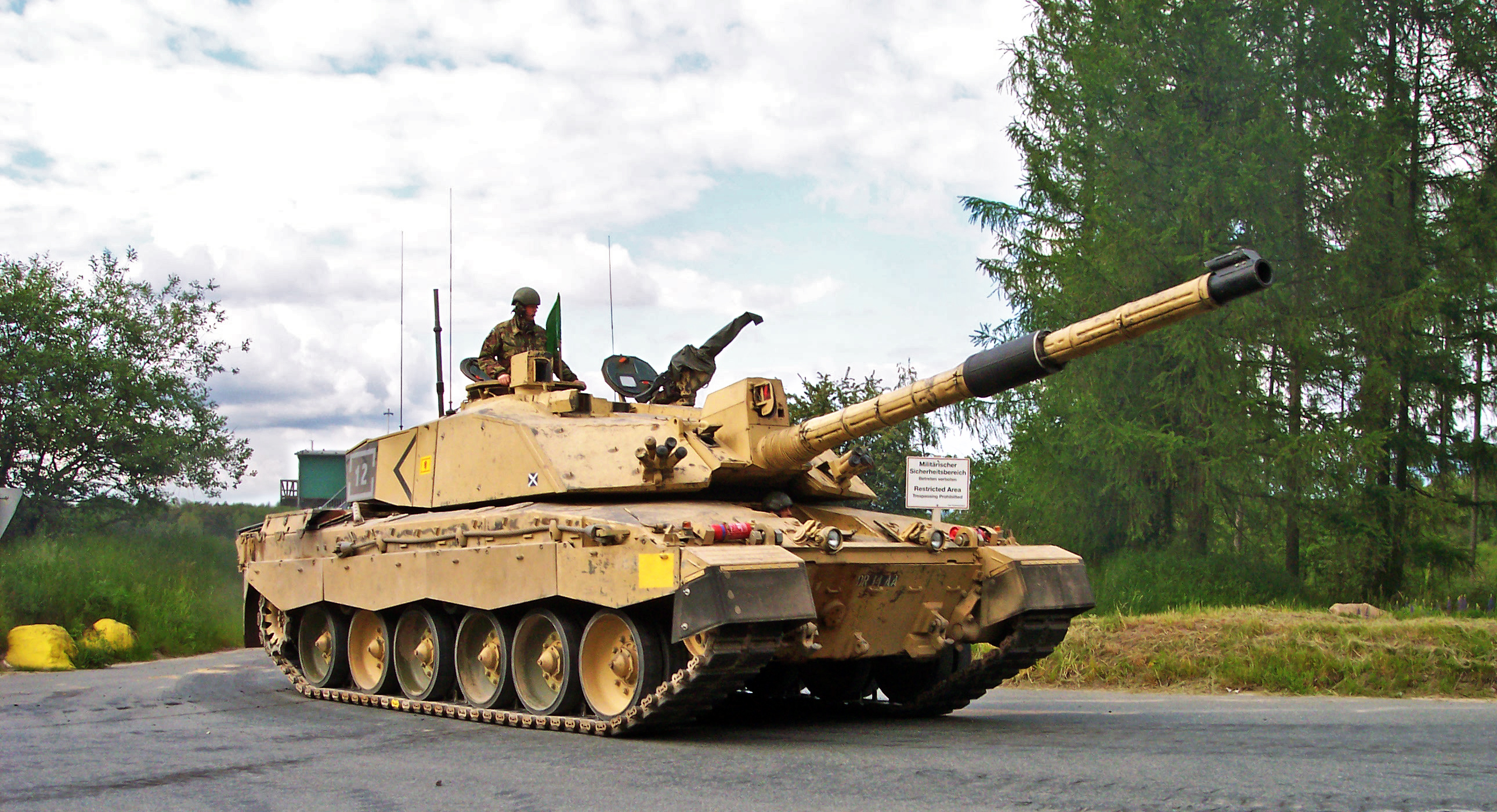|
Royal Yeomanry
The Royal Yeomanry (RY) is the senior reserve cavalry regiment of the British Army. Equipped with Supacat Jackal variants, their role is to conduct mounted and dismounted formation reconnaissance. The Regimental Headquarters is located in Leicester, with squadrons in Fulham, Nottingham, Dudley, Croydon (with an outstation in Windsor), Telford (with an outstation in Cardiff), and Leicester. The regiment is part of the Royal Armoured Corps and is only reserve cavalry regiment to resubordinate into regular brigade as part of the Future Soldier reforms published in March 2021. The Royal Yeomanry is the only British Army reserve unit to have been awarded a battle honour since the Second World War. History Formation and succession The Royal Yeomanry Regiment (Volunteers) was raised on 1 April 1967, after the Territorial Army was disbanded the previous day under the Reserve Forces Act 1966 and replaced by a newly constituted organisation, the TAVR (Territorial and Army Volunteer Re ... [...More Info...] [...Related Items...] OR: [Wikipedia] [Google] [Baidu] |
Yeomanry
Yeomanry is a designation used by a number of units and sub-units in the British Army Reserve which are descended from volunteer cavalry regiments that now serve in a variety of different roles. History Origins In the 1790s, following the French Revolution and the rise of Napoleon Bonaparte, the perceived threat of invasion of the Kingdom of Great Britain was high. To improve the country's defences, Volunteer regiments were raised in many counties from yeomen. While the word "yeoman" in normal use meant a small farmer who owned his land, Yeomanry officers were drawn from the nobility or the landed gentry, and many of the men were the officers' tenants or had other forms of obligation to the officers. At its formation, the force was referred to as the Yeomanry Cavalry. Members of the yeomanry were not obliged to serve overseas without their individual consent. Early 19th century During the first half of the nineteenth century, Yeomanry Regiments were used extensively in ... [...More Info...] [...Related Items...] OR: [Wikipedia] [Google] [Baidu] |
Telford
Telford () is a town in the Telford and Wrekin borough status in the United Kingdom, borough in Shropshire, England. The wider borough covers the town, its suburbs and surrounding towns and villages. The town is close to the county's eastern boundary, and near the River Severn. The notable hill near the town called The Wrekin is part of the Shropshire Hills, an Area of Outstanding Natural Beauty. To the south of the town is the Ironbridge Gorge, a UNESCO World Heritage Site. Places around the Ironbridge Gorge area, which were developed into the town itself, are internationally recognised as being "The Birthplace of Industry" being to a large extent constructed during the Industrial Revolution on the Shropshire Coalfield. The town is the main administrative centre for Telford and Wrekin Council. The M54 motorway was completed in 1983, improving the town's road links with the West Midlands conurbation, Wolverhampton is south east and Birmingham is in the same direction. In the ... [...More Info...] [...Related Items...] OR: [Wikipedia] [Google] [Baidu] |
Bombing Of Iraq (1998)
The 1998 bombing of Iraq (code-named Operation Desert Fox) was a major bombing campaign against Iraqi Armed Forces, Iraqi targets, from 16 to 19 December 1998, by the United States and the United Kingdom. On 16 December 1998 Bill Clinton announced that he had ordered strikes against Iraq. The strikes were launched due to Iraq's failure to comply with United Nations Security Council resolutions and its interference with United Nations Special Commission, United Nations inspectors that were searching for potential weapons of mass destruction. The inspectors had been sent to Iraq beginning in 1991 and were repeatedly refused access to certain sites. The operation was a major flare-up in the Iraq disarmament crisis as it involved a direct attack on Iraq. The aim of the bombing was to disable military and security targets which may have enabled Iraq to produce, store, maintain, and deliver weapons of mass destruction. The bombing campaign had been anticipated earlier in the year and fa ... [...More Info...] [...Related Items...] OR: [Wikipedia] [Google] [Baidu] |
Future Soldier (British Army)
Future Soldier is a reform of the British Army resulting from the Integrated Review of Security, Defence, Development and Foreign Policy ("Global Britain in a Competitive Age") published in March 2021. The aim of the reform is to create a more lethal, agile and expeditionary force, able to fight and win wars and to operate in the grey-zone between peace and war. Future Soldier was published on 25 November 2021 and deals with the organizational changes of the British Army, with changes to personnel and equipment were set out in the ''Defence in a Competitive Age'' paper published on 22 March 2021. The British Army will be reduced to 73,000 regular personnel by 2025. The reserves will be kept at the current level. Allied Rapid Reaction Corps The Allied Rapid Reaction Corps (ARRC) is a high readiness corps-level command tasked to lead NATO’s Response Force. * Allied Rapid Reaction Corps (ARRC), in Innsworth 1st Signal Brigade 1st Signal Brigade provides communications elemen ... [...More Info...] [...Related Items...] OR: [Wikipedia] [Google] [Baidu] |
Ministry Of Defence (United Kingdom)
The Ministry of Defence (MOD or MoD) is a Departments of the Government of the United Kingdom, ministerial department of the Government of the United Kingdom. It is responsible for implementing the defence policy set by the government and serves as the headquarters of the British Armed Forces. The MOD states that its principal objectives are to defend the United Kingdom of Great Britain and Northern Ireland and its interests and to strengthen international peace and stability. The MOD also manages day-to-day running of the armed forces, contingency planning and defence procurement. The expenditure, administration and policy of the MOD are scrutinised by the Defence Select Committee, except for Defence Intelligence which instead falls under the Intelligence and Security Committee of Parliament. History During the 1920s and 1930s, British civil servants and politicians, looking back at the performance of the state during World War I, concluded that there was a need for greater ... [...More Info...] [...Related Items...] OR: [Wikipedia] [Google] [Baidu] |
1st (United Kingdom) Division
The 1st (United Kingdom) Division is an active division of the British Army that has been formed and disestablished numerous times between 1809 and the present. In its original incarnation as the 1st Division, it took part in the Peninsular War—part of the Coalition Wars of the Napoleonic Wars—and was disbanded in 1814 but was re-formed the following year for service in the War of the Seventh Coalition and fought at the Battle of Waterloo. It remained active as part of the British occupation of France until it was disbanded in 1818, when the British military withdrew. The division was then raised as needed; it served in the Crimean War, the Anglo-Zulu War, and the Second Boer War. In 1902, the British Army formed several permanent divisions, which included the 1st Division, which fought in the First World War, made various deployments during the interwar period, and took part in the Second World War when it was known as the 1st Infantry Division. In the post-war period, t ... [...More Info...] [...Related Items...] OR: [Wikipedia] [Google] [Baidu] |
7th Infantry Brigade And Headquarters East
Seventh is the ordinal form of the number seven. Seventh may refer to: * Seventh Amendment to the United States Constitution * A fraction (mathematics), , equal to one of seven equal parts Film and television *" The Seventh", a second-season episode of ''Star Trek: Enterprise'' Music * A seventh (interval), the difference between two pitches ** Diminished seventh, a chromatically reduced minor seventh interval ** Major seventh, the larger of two commonly occurring musical intervals that span seven diatonic scale degrees ** Minor seventh, the smaller of two commonly occurring musical intervals that span seven diatonic scale degrees ** Harmonic seventh, the interval of exactly 4:7, whose approximation to the minor seventh in equal temperament explains the "sweetness" of the dominant seventh chord in a major key ** Augmented seventh, an interval * Leading-tone or subtonic, the seventh degree and the chord built on the seventh degree * Seventh chord, a chord consisting of a tr ... [...More Info...] [...Related Items...] OR: [Wikipedia] [Google] [Baidu] |
Challenger 2 Tank
The FV4034 Challenger 2 (MoD designation "CR2") is a third generation British main battle tank (MBT) in service with the armies of the United Kingdom, Oman, and Ukraine. It was designed by Vickers Defence Systems (now Rheinmetall BAE Systems Land (RBSL)) as a private venture in 1986, and was an extensive redesign of the company's earlier Challenger 1 tank. The Ministry of Defence ordered a prototype in December 1988. The Challenger 2 has four crew members consisting of a commander, gunner, loader, and driver. The main armament is a L30A1 rifled tank gun, an improved derivative of the L11 gun used on the Chieftain and Challenger 1. Fifty rounds of ammunition are carried for the main armament, alongside 4,200 rounds of 7.62 mm ammunition for the tank's secondary weapons: a L94A1 EX-34 chain gun mounted coaxially, and a L37A2 (GPMG) machine gun. The turret and hull are protected with second generation Chobham armour, also known as Dorchester. Powered by a Perkins CV1 ... [...More Info...] [...Related Items...] OR: [Wikipedia] [Google] [Baidu] |
Joint Chemical, Biological, Radiological And Nuclear Regiment
The Joint Chemical, Biological, Radiological and Nuclear Regiment was a specialist expeditionary unit of the British armed forces. Personnel of the Joint CBRN Regiment were trained in the detection, identification and monitoring of nuclear, biological and chemical weapons. In 1994, the Royal Yeomanry, a regiment of the Territorial Army, was re-designated from its reconnaissance role to operate as the United Kingdom's first dedicated nuclear, biological and chemical (NBC) defence unit. Following the 1998 Strategic Defence Review, the NBC role was transferred to a newly formed joint regiment consisting of units from both the British Army and Royal Air Force. Formed on 1 April 1999 as the Joint NBC Regiment, from a stated recommendation in the Strategic Defence Review for an operational unit to support deployed forces of the British military in NBC defence and assistance. In 2005, the name of the regiment was changed following the addition of radiological weapons to its remit, an ... [...More Info...] [...Related Items...] OR: [Wikipedia] [Google] [Baidu] |
Strategic Defence Review (1998)
The Strategic Defence Review (SDR) was a British policy document published in July 1998 by the Labour Government that was elected in 1997. Then Secretary of State for Defence, George Robertson, set out the initial defence policy of the new government, with a series of key decisions designed to enhance the United Kingdom's armed forces. Two of the largest defence procurement projects were excluded from the SDR, the Trident submarines and the Eurofighter; the Trident system was essential to maintaining a credible nuclear deterrent, a policy adopted by Labour, and was already nearing completion. Likewise the Eurofighter was nearing production and withdrawal would lead to loss of considerable investment and severe penalties from the partner nations. Its overall strategic conclusions were that the British Armed Forces should be able to respond to a major international crisis which might require a military effort and combat operations of a similar scale and duration to Operation Gran ... [...More Info...] [...Related Items...] OR: [Wikipedia] [Google] [Baidu] |
CBRN Defense
Chemical, biological, radiological, and nuclear defense (CBRN defense) or Nuclear, biological, and chemical protection (NBC protection) is a class of protective measures taken in situations where chemical warfare, chemical, biological warfare, biological, radiological warfare, radiological, or nuclear warfare, nuclear (including terrorism) hazards may be present. CBRN defense consists of CBRN passive protection, contamination avoidance, and Weapon of mass destruction, weapons of mass destruction mitigation. A CBRN incident differs from a hazardous material incident in both scope and intent. CBRN incidents are responded to under the assumption that they are intentional and malicious; evidence preservation and perpetrator apprehension are of greater concern than with Hazmat team incidents. A 2011 forecast concluded that worldwide government spending on CBRN defense products and services would reach US$8.38 billion that year. Etymology In English language, English, the 19 ... [...More Info...] [...Related Items...] OR: [Wikipedia] [Google] [Baidu] |





